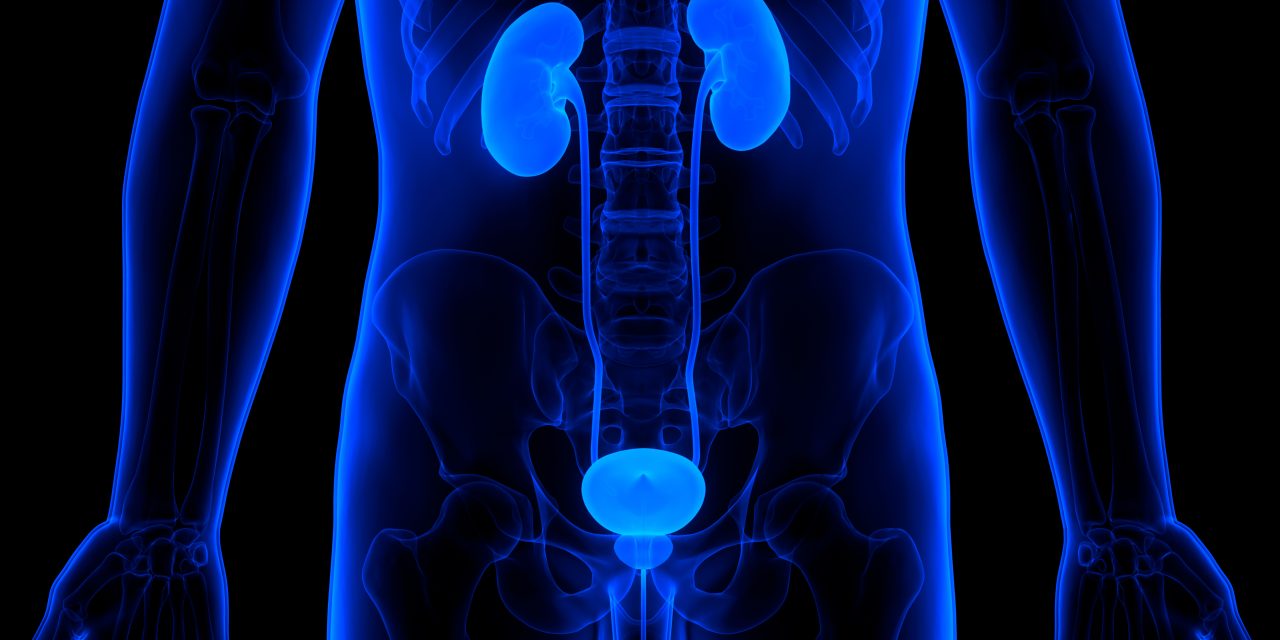To define the current proportion of underrepresented minority (URM) academic urologists in leadership positions.
A cross-sectional observational study of leadership positions in active United States Urology Residency Programs in 2020 was conducted. Academic urologists in leadership positions were electronically mailed a survey asking about personal and professional demographics. Self-reported variables including administrative position, race, and ethnicity were collected and analyzed.
Over the study period, 133 urologists completed the survey out of a possible 320 academic urologists for a response rate of 41.6%. Overall, African-Americans represented 9.0%, Hispanics represented 3.8%, and American Indians/Alaska Natives made up 0.8% of leadership roles in the study sample. African-Americans comprised 8.5% (4 of 47) and Hispanics comprised 2.1% (1 of 47) of department chairs. African-Americans made up 7.4% (4 of 54) and Hispanics made up 1.9% (1 of 54) of program directors. The highest proportion of African-Americans in leadership positions was seen in oncology (18.2%), minimally invasive surgery (18.2%), and general urology (10%). The only subspecialties with Hispanics in leadership positions were in andrology/sexual medicine (16.7%) and female urology (15.4%). There were no reported URMs in leadership positions in endourology, neurourology, pediatrics, and reconstructive urology.
To our knowledge, this study is the first to quantify the representation of URM urologists in academic leadership. There are multiple subspecialties without URMs in leadership positions. This information is vital to understanding the presence and lack of racial representation of the leadership of our field.
Copyright © 2021. Published by Elsevier Inc.
CROSS-SECTIONAL SURVEY-BASED STUDY OF UNDERREPRESENTED MINORITIES IN UROLOGY ACADEMIC LEADERSHIP ROLES.


